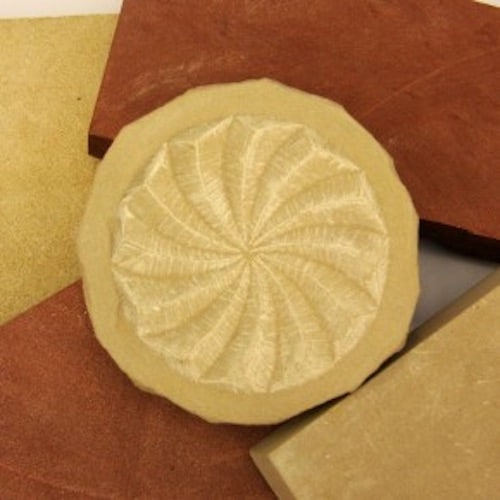This article was translated by John R. Bopp
Our regular readers will already have heard that that Basque Culture is going to be the star at the 2016 Smithsonian Folklife Festival. And it has to be–which is why we’ve been following every step on the road that will take us to this extraordinary event on the National Mall in the US Capital.
While Basques in the Basque Country and the Basques of the Diaspora are preparing to give the best of Basque culture and the Basque reality those days, the Smithsonian is developing its project to get everything organized.
We’ve heard a couple of stories that clearly show that the “Basque spirit” is impregnating the halls of this venerable institution.
The first clue was that of a clear “cultural immersion process” among the directors of the festival, which we found on a blog that they’re dedicating to the Basques’ presence. Along with that first article that discusses the presence of the event’s directors on the east side of the Atlantic, enjoying the food and other Basque traditions, was a second one dedicated to “stuffed peppers”, while the third was dedicated to jai alai and the way Basques live their culture in the US, and last but not least, one just published on stones.

It’s not hard to discover the importance that “stone” has for the Basques. There are tools, such as the ax, whose name in Basque, aizkora, still maintains the root for “stone”, aitz. Sporting events with stones predominate. Stone houses are the center of the Basque traditional life. This is why we found it so interesting that Bernat Vidal, a craftsman who works in stone creating elements of traditional Basque culture, is going to participate in the 2016 Folklife. In the blog of the article’s author, Valentina Pilonieta-Vera, we can also read about the importance of knowing which is the “correct stone”, which, curiously, is the same stone that the most emblematic building of the Smithsonian Institute, the Smithsonian Castle, is made of.
The second clue we found is, without a doubt, much more “subtle”. The website Culture Capital has told us about a warmup being prepared in Washington to get everyone ready for the huge Basque presence coming in the next few months, as well as to get that whole “cultural immersion” thing started with a couple of the most important Basque traditions: cider and pintxos.
The Smithsonian Institute and the cider house Anxo, which will be opening in a few weeks in the American capital, are organizing a cider and pintxo festival for June 21, 2016. This is definitely going to be one of the best ways to warm up before the festival begins on June 29.
By the way, the article which explains this event has something that we loved to hear, and something that we didn’t.
What we loved was hearing an accurate definition of all Basques: The Basque Country of northern Spain and southern France constitutes one of the oldest communities in Europe, a culture celebrated for its food, crafts, music, dance, and poetry. So, neither the Basques north of the Pyrenees nor the ones south were forgotten.
What we didn’t like hearing, however, was how intensely the figure of the wine (or cider) waiter was in the tradition of Basque cider. These waiters, called escanciadores, are quite common to the cider houses of Asturias. However, if there is a “traditional” image of Basque cider houses (despite being a rather more modern invention), it’s txotx. This is a technique used to serve cider, to ensure that it gives off its full aroma to the taster, and it’s intimately linked to the Basque cider house.
In any case, it’s clear that the organizers of the 2016 Folklife Festival and the Smithsonian Institute together are determined to soak up the spirit of the Baques. We’re hoping to see how the Basques in the Basque Country and of the Diaspora show off Basque culture to the Americans and to the world.
Smithsonian Folklife Festival – 12/4/2016 – USA
Stone Carving from Basque Country to the Smithsonian Castle
“What a beautiful building! As I told you, the world is a curious place.” Bernat Vidal sent me this response after I emailed him a photograph of the Smithsonian Castle, the institution’s iconic red brick building on the National Mall. A well-known stone carver from Durango in the Bizakaia province of Basque Country, Bernat carves works ranging from decorative pieces inspired by his surroundings to funeral tombstones in ancestral Basque styles. This summer, he will be sharing his skills and stories in the Basque: Innovation by Culture program at the Folklife Festival.
(Sigue) (Traducción automática)
—————————–
Amithsonian Associates – 4/2016 – USA
Basque Untapped: Ciders of the Basque Country. Presented in collaboration with the Smithsonian Folklife Festival
(Sigue) (Traducción automática)
Last Updated on Dec 20, 2020 by About Basque Country





























